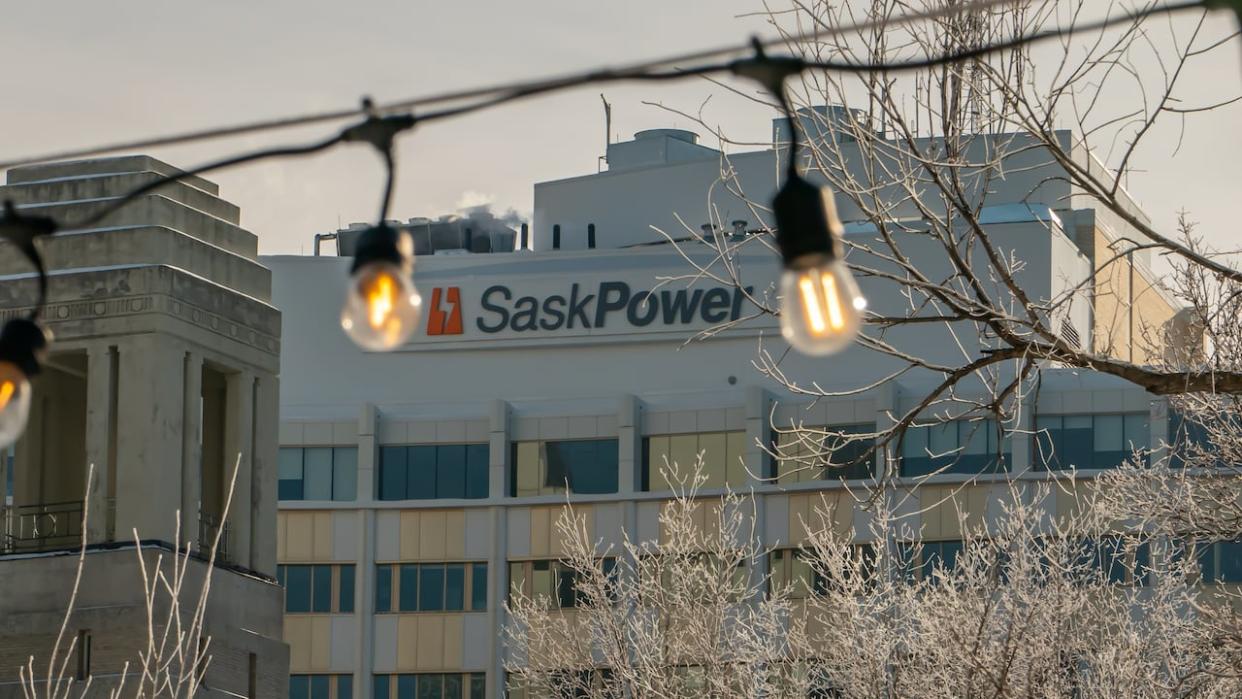SaskPower says Alberta's power grid issues not a concern in Sask. amid frigid temperatures

The Crown Corporation responsible for Saskatchewan's power grid says it does not believe it will need to take emergency action like Alberta did this weekend, amid frigid temperatures and surging demand for power.
Alberta issued emergency alerts daily from Friday to Monday warning there was a "high risk" of rotating power outages and appealing for residents to immediately reduce electricity uses to essentials only.
A corresponding drop in power demand following the alerts meant the rolling power outages were not implemented.
In Saskatchewan, those rolling power outages are among a slate of options SaskPower could implement if it became necessary to reduce the strain on its power grid.
"In terms of maintaining grid stability, both here in Saskatchewan and beyond, that is sort of the last contingency that we would have to employ," said Scott McGregor, a spokesperson for the Crown Corporation.
"We haven't had to use that ever in our history. And you know, fingers crossed, we won't ever have to in the future."
During the weekend — as low temperatures shattered records across Saskatchewan — the province's grid was stable.
SaskPower said that on Saturday it recorded a peak usage of 3,810 MW, which is 100 MW less than the 3,910-MW record set on Dec. 30, 2021.
It's also far below the province's overall generating capacity of 5,353 MW.
McGregor stressed that the maximum capacity on any given day can fluctuate due to a variety of reasons, such as a coal or natural gas facility being taken offline for repairs or a lack of solar or wind power being generated.
If there was any strain on the grid, SaskPower's first step would be to implement a series of agreements that it has with the province's largest power users, McGregor said.
"So that would be curtailing the large industrial and heavy user customers. That way the power will remain stable and reliable for our residential customers," he said.
Lending a hand
Saskatchewan had enough capacity this weekend that it was able to use its western transmission lines to send 153 MW of electricity to Alberta on Saturday.
Premier Scott Moe announced that the province would be lending a hand on social media shortly after Alberta issued its emergency alert. British Columbia also sent around 200 MW that evening.
Moe used his announcement as a chance to take a shot at the federal government's Clean Energy Regulations, which are meant to achieve a net-zero electrical grid by 2035.
"That power will be coming from natural gas and coal-fired plants, the ones the Trudeau government is telling us to shut down (which we won't)," Moe wrote.
In Saskatchewan, roughly 65 per cent of the capacity in the province's power grid comes from coal or natural gas facilities. Approximately 25 per cent comes from wind, water and solar generation produced locally within Saskatchewan.
The rest is made up of heat recovery facilities or biomass facilities with a large chunk being imported from Manitoba Hydro.
Andrew Leach, an economist at the University of Alberta, said while wind and solar are capable of producing a large amount of energy during the summer, they should not be expected to do the same during winter.
So while other areas in the U.S. and Canada have been able to switch to renewable systems without putting their power grids at risk, Saskatchewan and Alberta have reasons to push back.
"That presents a really big challenge and I think people have been too quick to wave that away," Leach told CBC News on Sunday.

